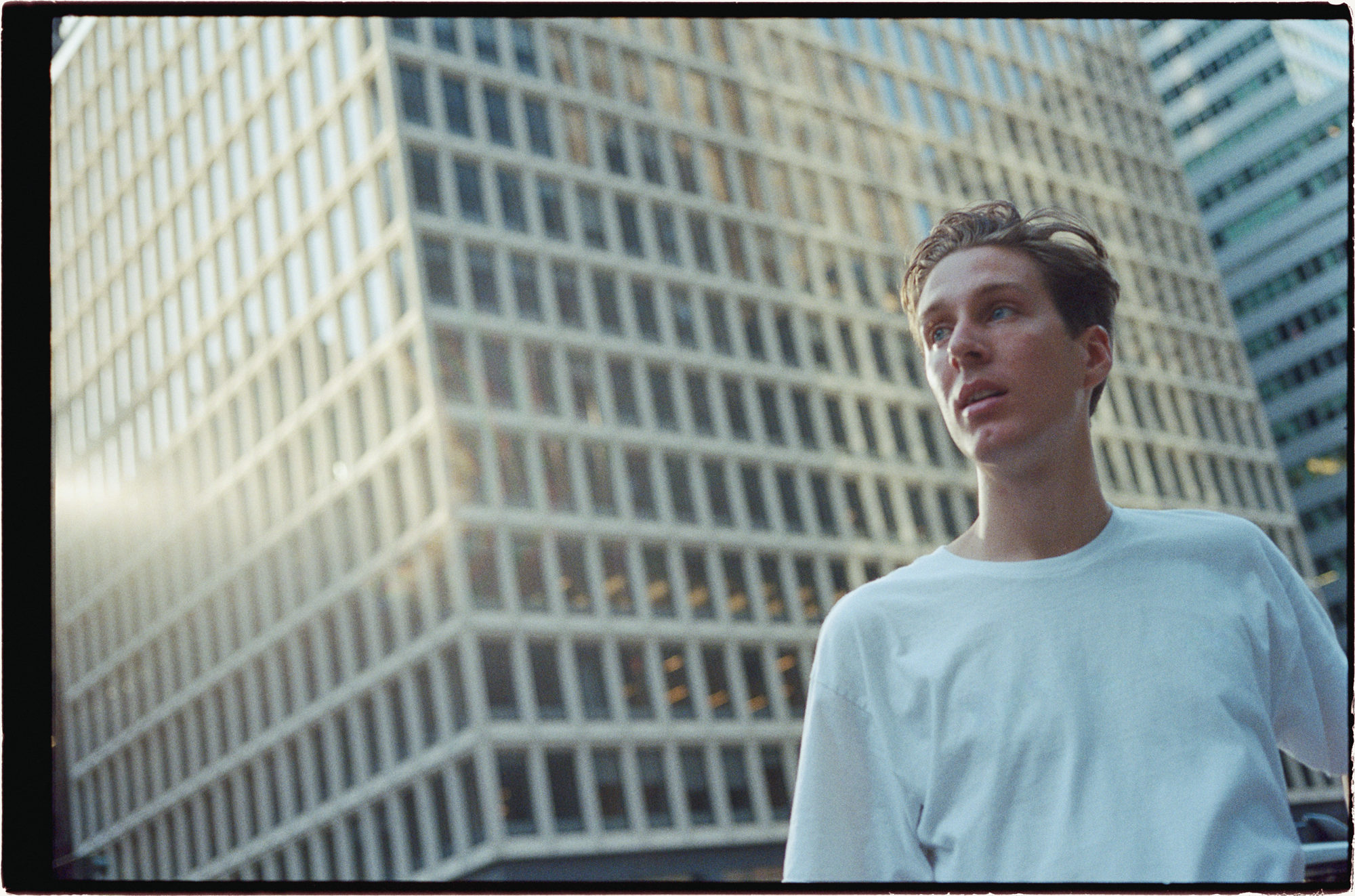
So anticipation, that terrible and excellent fever, has indeed survived into 2019. Finally, Verso is here, two months after it premiered to small crowds in San Mateo and New York City. By now you’ve seen it and probably seen it again, 11 minutes and 30 seconds split into four distinct movements. It’s a strange shape but not unprecedented—Nyjah’s ‘Til Death video was also 11 minutes, once all was slowed and done. But next to Verso, Til’ Death looks gluttonous, 11 minutes for only 71 tricks. This is a total Mark Suciu reaches by Verso‘s halfway point and more than doubles by the end. That is because Verso, a triumph of contemporary skateboarding, is constructed almost exclusively out of skateboard tricks.
On first watch, its opening moments can feel like the release of long-stuck plumbing. A melodica, a kind of toy instrument some play seriously, rings out, and here’s Mark doing a switch back noseblunt followed by a switch back noseblunt flip out. In a few minutes he’ll do a front blunt then front blunt flip out, which is the way Verso goes about its work—by pairs, sequences, and reflections.
Filmmaker Justin Albert moves us from section to section with moments of architecture and fountains, columns and kaleidoscopes. It’s a light touch, and tasteful. There’s a brief shot of a coffee cup and a Willa Cather novel, shots of Mark in profile or flatgrounding in the distance, some scenic worldly b-roll but no real lifestyle arguments, no Eiffel Tower or heavy geographical cues. We’re in San Francisco and St. Louis and Tokyo and London, we’re citizens of a borderless world, everywhere at once.

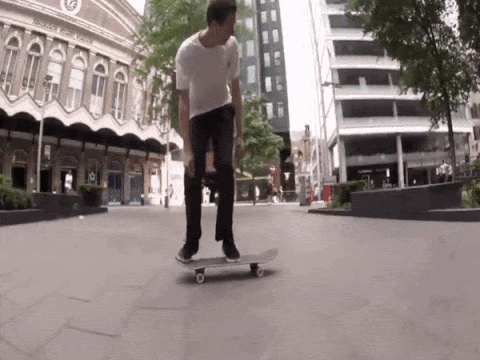

So that is one strange thing: it’s a major video production with skating as the first, last, and only real point. It can feel sometimes like Mark is moving through a kind of vacuum or isolation chamber. We don’t even see a high five until the back noseblunt at Blubba. “I wanted to put together a part that, to me, is perfect,” he told Thrasher.
Forget for now the tropes of the modern skate video. There is no zoom into Mark’s face. There are no brushes with security or pedestrians. No fingernails, no heaving ogre growls of slow-motioned cheers. Verso is serif fonts and modulations of pace. The third movement is all New York and Mark’s commitment to surprise. We do not expect a back 180 out of a front feeble or the quick wallride after dropping into the Bronx Courthouse bank—are any other feet quick enough for the cellar-door chain hop?
Perfection is folly, of course. But the desire is the thing, the impossible ideal. Verso has been conceived of and executed, sculpted into this form. It is a single whole comprised of 150 constituent parts that are paired, woven, and otherwise combined into sequences. The novelist and critic John Barth famously argued that “virtuosity is a virtue.” The critic and novelist William Gass once said, “the trivial is as important as the important when looked at importantly.” If it feels like I’m taking this too seriously it’s only because Verso deserves it.
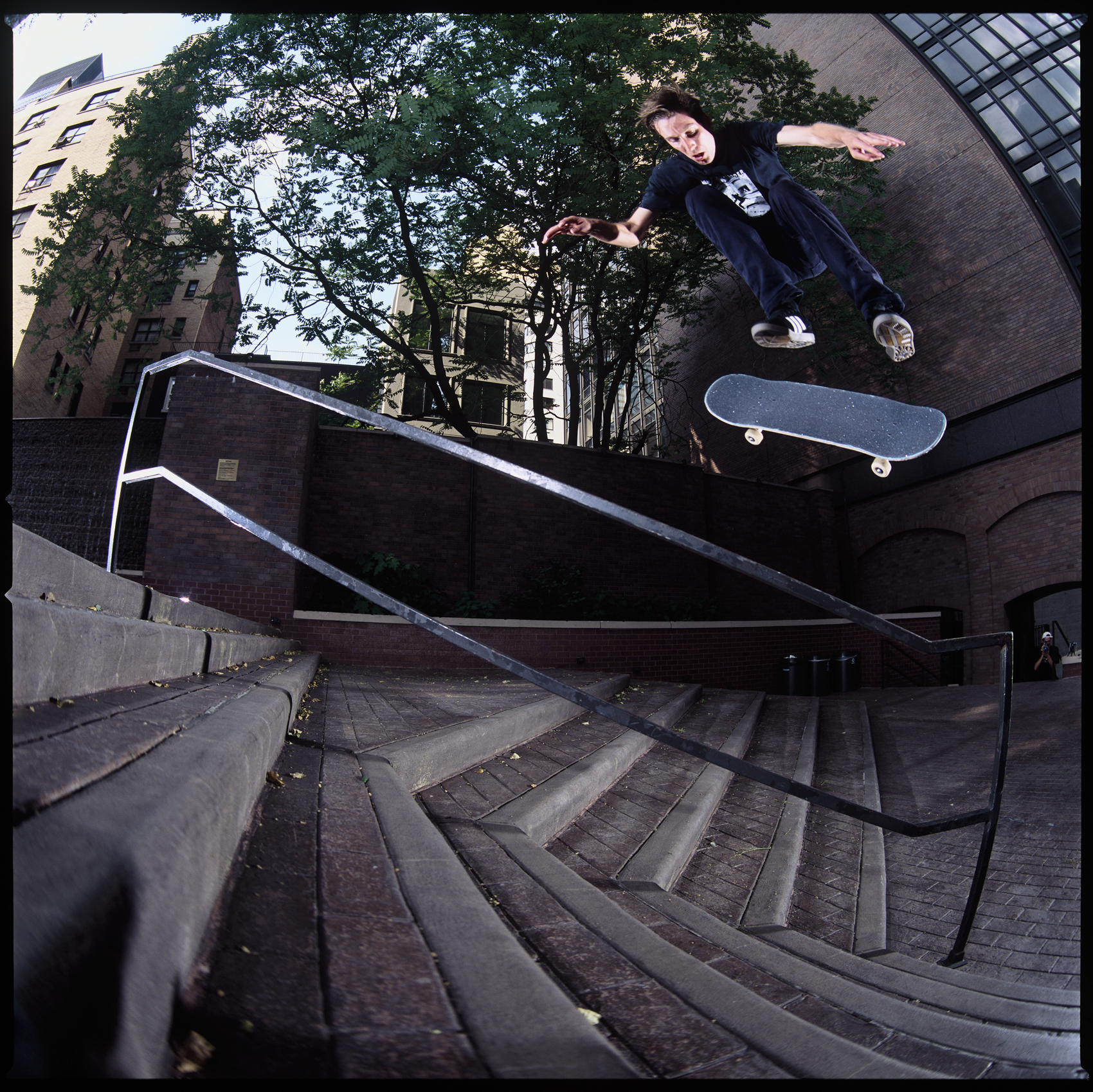
Back up a step and imagine that you’re an ascendant skateboard wizard. It’s 2011 and you, not yet 20 years old, are able to do more or less anything you want on a skateboard. You skate sizeable gaps and high, long rails and have, since you were a kid, been doing weird variations of every flatground trick there is. Lines are becoming your primary tongue. You can do at least the great majority of all existing grinds and slides and have begun finding new ways to spin and torque into and out of them. You are gobsmackingly good at skateboarding and still very young and soon to be pro and truly, from my perspective, it must be a super rad and fun way to be.
“We don’t consider a skater’s intent because most skaters’ only real intent has historically been: be as dope as I can be and, by being dope, get people stoked.”
At the end of 2011 you put out what’s the first defining part of your career and the people love it. They croak and clap and speak in great hyperboles about melting faces and shitted pants. A few don’t like it or pretend not to like it but they are the exceptions, and we all know that a lot of skaters are assholes, so you’re not bothered. What does hurt, however, is how nobody seems to really get it. Not completely. They don’t notice the specific kind of work you put into making the part. And this feels disappointing. Deflating, I imagine, like a totally private, secret, and unshareable little death.
Some of us sensed that Mark Suciu’s five-trick nighttime line at the SF Library in Cross Continental was an homage to Mike Carroll’s Modus Operandi opener. But did anyone consider that each of those five tricks might itself have been homage? Well, no, because that’s not really what we’re looking for when we watch skateboarding. We don’t consider a skater’s intent because most skaters’ only real intent has historically been: be as dope as I can be and, by being dope, get people stoked. So what optimism or naivete it must have taken in 2011 for Mark to have expected any of us to register the allusions inside the homage. And what a lonely existence, to speak a language nobody else can hear. No wonder, then, the dour-faced young man in the rocking chair on the porch. No wonder Elliott Smith.
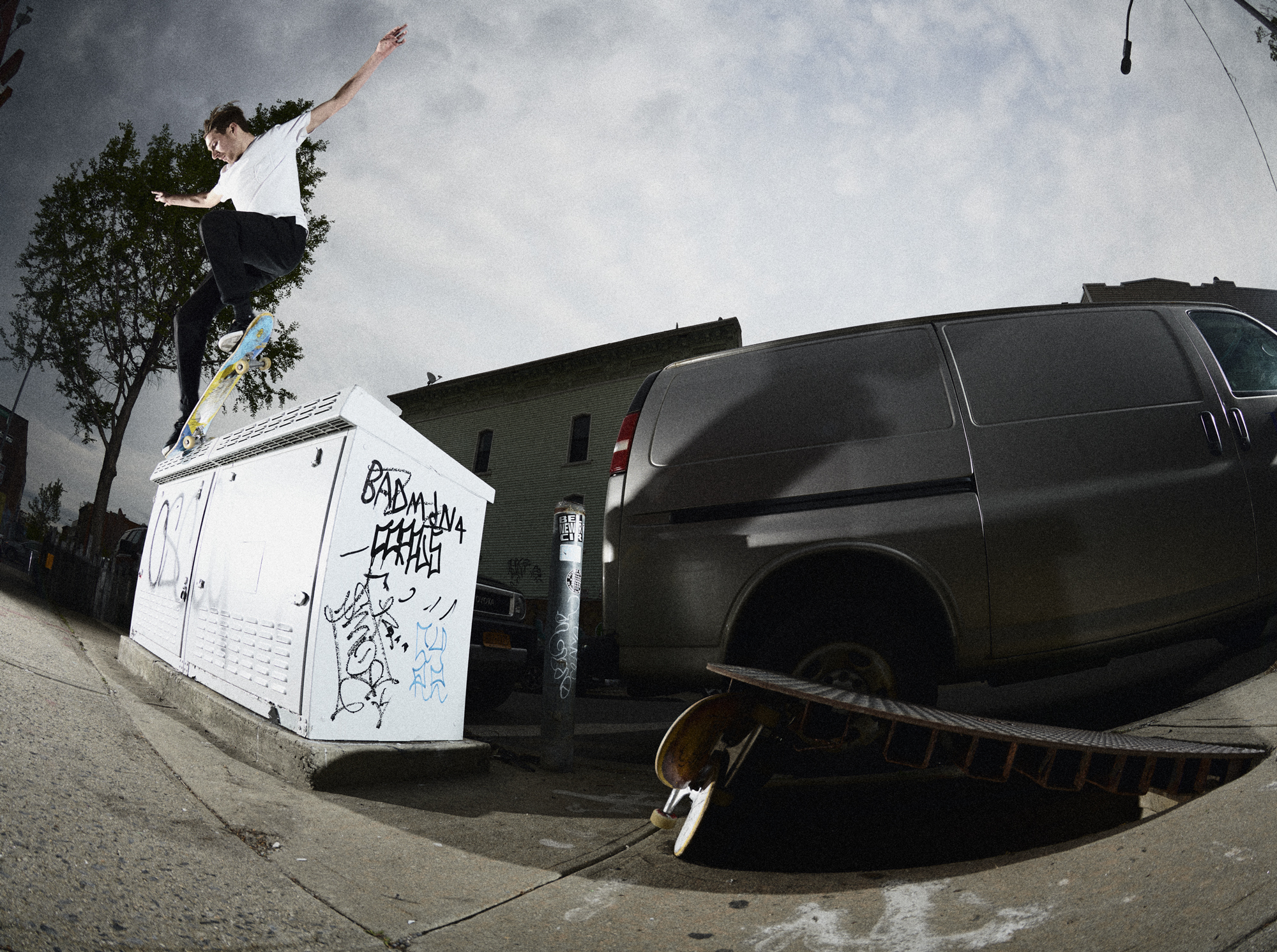
I should have asked: do you believe in meaning? Do you think that a work of art, a poem or a story or a sequence of musical notes or an arrangement of brush strokes on a canvas, or I don’t know, a video of someone riding a skateboard, can affect us in ways that alter our sense of who we are and what we’re up to for the brief time we’re alive?
Mark Suciu, fully grown, has aged out of the scrawn and turned bookish, wearing collars and vaguely militant jackets with chest pockets. Tim O’Connor says he looks like someone who “flosses twice daily, smells nice, and look at that hair—that hair looks like it loves to vote in every election.” We note the illogical dismounts and hyper-quick 180s, the torquing, and a push that seems, somehow, to get longer and slower as it goes. There’s something a little otherworldly or at least suspicious about his talent. The worst we could say is that his skating can feel clinical or terse. Four- and five-trick lines help by stretching him out a bit. A narrative arc helps, too—of the Sabotage 3 sessions, Brian Panebianco told me, “At that time he was figuring himself out, how powerful he was. That part was him testing his abilities. Now he knows what he can do.”
“There’s something a little otherworldly or at least suspicious about his talent.”
But knowing can be paralyzing, especially among the serious. In his recent Thrasher interview Mark describes the choice he faced between skating and an academic or literary life. “I was bummed,” he says, “at the idea that my body would still want to skate.” The funhouse was no longer fun. Look close and you have evidence of this crisis as early as Sabotage 4, which is the closest Mark Suciu has come to looking unhinged. “He was unstoppable, then he was like a human all of a sudden,” says Panebianco. That was partially about illness but mostly about college and funhouses and a visionary skateboarder realizing that, uh oh, nobody will ever treat what I do as seriously as I do.
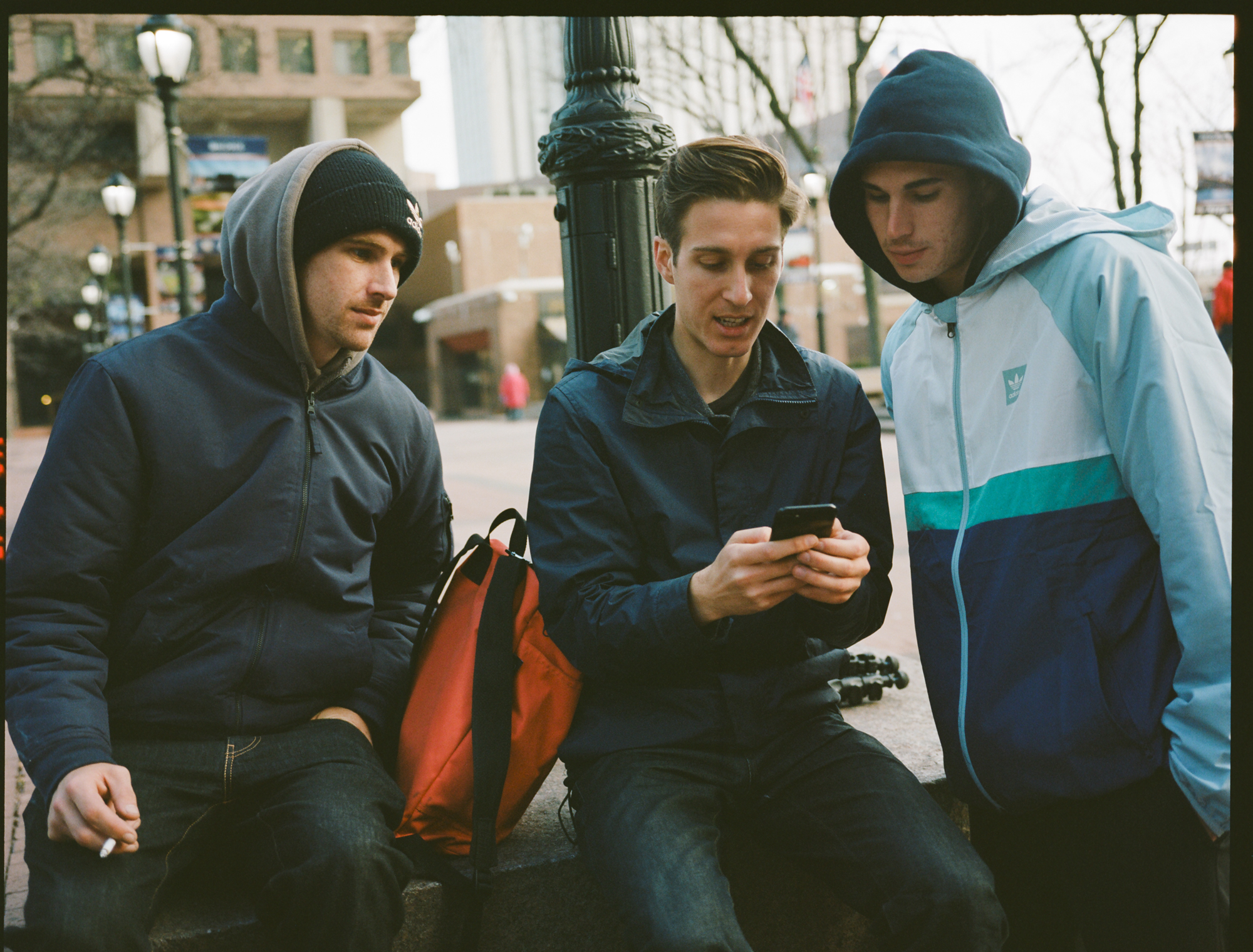
I believe I’ve the authority to say: Mark Suciu’s writing is deft and at times lovely, shows great potential for growth, and also that skateboarding should absolutely remain his primary focus. Whatever he has thought and tried to unthink since Cross Continental, Verso presents an artist at the height of his power pushing against the assumed limits of his medium. Too serious? Flagrantly so! He has double-downed on the conviction that skateboarding can be a compositional practice. He insists that the toy can be put to intentional and serious and even meaningful use.
Form, according to the poet Robert Hass, is “the arrangement and relationship of basic elements in a work of art, through which it produces a coherent whole.” More romantically, form is the way a composed object “embodies the energy of the gesture of its making.”
The clearest view of Mark’s creative gesture comes in the fourth movement of Verso, where we find the “ender” behind the delayed release. One announcement of the gesture is the paint-dripped sign bearing an X of lines from A→B and B→A. Another is the basic-ass frontside fifty that’s so far beneath Mark’s abilities that it can only be a message. We see a second front fifty close the section, an anti-ender to affirm a pattern that in poetry and rhetoric is called ‘chiasmus.’ ABBA, the formal repetition of elements in a reverse order. Think of Matthew 19:30, “But many that are first shall be last, and many that are last shall be first.” Or Keats, “Beauty is truth, truth beauty.”
“What is the point of the secret labor Mark Suciu has put into composing Verso?”
In the final section of Verso, Mark Suciu shares what only the most passionate denialists would call a poem: the first ever skateboarding chiasmus. The sequence is important enough that had he not gotten the trick, he and Justin were prepared to end Verso after the Blubba noseblunt. They’d have released the ABBA section standalone down the road, whenever he finally got it. The frontside fifties form a pair, the first and last tricks. The second trick is a nollie front heel fakie 5-0 revert (frontside), which pairs with the thirteenth trick—the trick of famous delay—a nollie back heel fakie nosegrind revert (backside). So the thirteenth trick is a totally fucking bonkers pretzel maneuver that reflects or inverts or reverses the second trick. The same goes for the third trick, a nollie crook, and the twelfth trick, a fakie crook. And so on, unfolding a sequence that represents a totally new realm of skateboard poetics.
Okay… but why? What is the point of the secret labor Mark Suciu has put into composing Verso? In a word, for effect. Unified and singular effect. What the poet Robert Hass calls the “resonances” we feel from “a well-made thing, a passionately made thing, a thing made from full commitment.” Think of the pairs—early the back noseblunt into a back noseblunt flip, later the front blunt followed by front blunt flip. The moment we have two of a thing we create form and create an energy of relation. To look into causes and trace their effects is to participate in aesthetic theory, or poetics.



I realize now that I have been wrong about the role of numbers in skateboarding. I’ve shunned computation because I’ve feared skateboarding losing its essential strangeness, its magic, at the hands of sport analytics. (This is a fear of capital.) Really, I should have been approaching it the way poets approach their own strange, mysterious objects.
Stressed, unstressed: to scan a poem’s meter is to map that poem’s music, meaning, and effect. So it is counting and also a type of reading that teaches poets to know poetry better, appreciate poems more deeply, and compose more interesting poems themselves. Is the sixth trick of the fourteen-trick ABBA chiasmus missing a half rotation? Does a missing rotation function like the dropped “is” from the Keats, “truth beauty”?
Part of the activity of poetry is this: reading poems well. It is a way to see the poet’s mind. And why shouldn’t the activity of skateboarding include watching skateboarding well? Each sequence and each bundle of sequences moves with “a rhythm, speed, a tone, a flow, a pattern, shape, length, pitch, conceptual direction,” says Gass of language. Says Suciu of skateboarding.

Since at least 2011, Mark Suciu has desired a seriousness from a practice that has historically positioned itself against the serious and scholastic. Verso wears the labor of what went into making it. He is an uncommon talent, an artist who creates by way of discipline and cunning, a virtuoso. Modern skateboarding is made richer by Suciu’s thoughtfulness and deliberateness, for his pretentiousness, if that’s what you’d like to call it.
Verso asks that we pay it a kind of attention many of us automatically do not. Knowing this, we choose to either look more closely or let it pass before our eyes the way the rest of skating does. You are of course free to choose to watch however you please. Choice, too, is skateboarding. That one has been on the list forever.
Related Posts
Comments
Popular
-
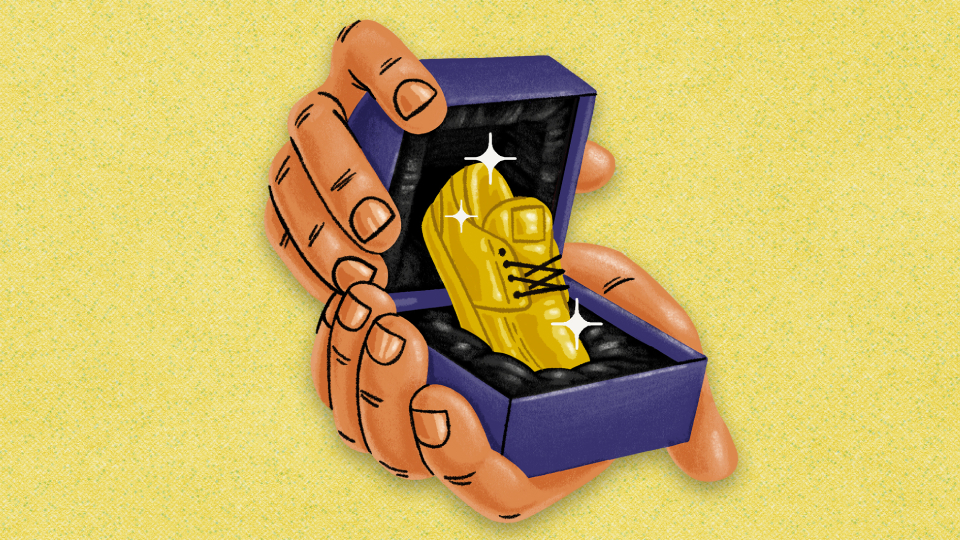 THE RISE AND FALL OF PRO MODEL SKATE SHOES
THE RISE AND FALL OF PRO MODEL SKATE SHOES
While there are still some exceptions, the signature shoe has largely evaporated from the skateboard industry. But, why?
-
 A CHAT WITH LUDVIG HAKANSSON, THE OLDEST SOUL IN SKATEBOARDING
A CHAT WITH LUDVIG HAKANSSON, THE OLDEST SOUL IN SKATEBOARDING
The man loves to read Nietzche, skates in some expensive vintage gear, and paints in his own neoclassical-meets-abstract-expressionist style.
-
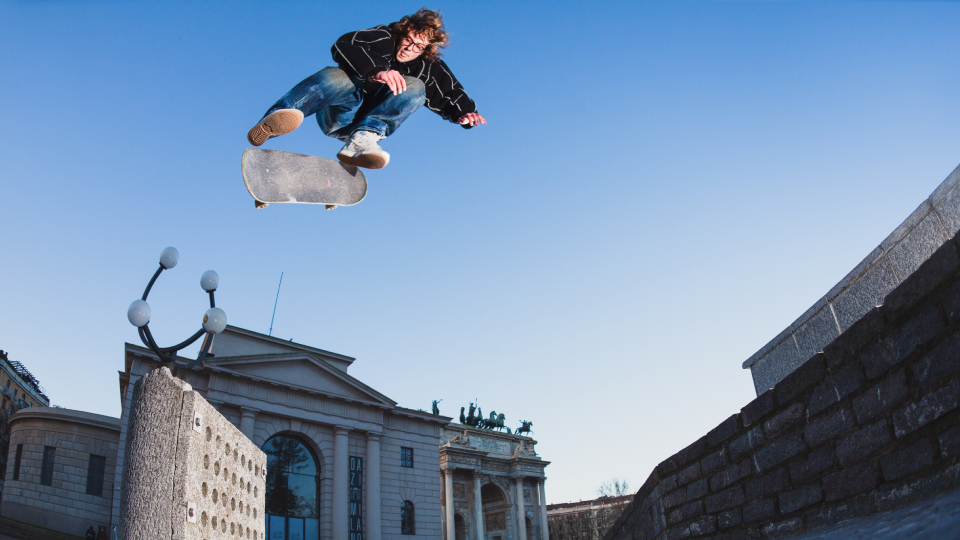 A LOOK THROUGH THE GLASSES OF VINCE PALMER, AKA CHICKEN LITTLE
A LOOK THROUGH THE GLASSES OF VINCE PALMER, AKA CHICKEN LITTLE
Get to know the 18-year-old German repping Baker and Supreme in Milan.
-
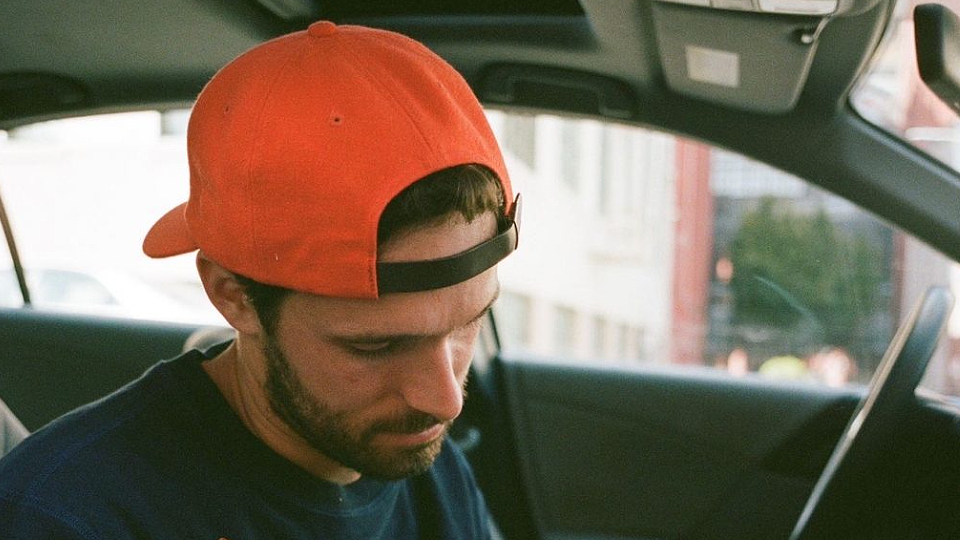 JOHN GARDNER ON STEPPING AWAY FROM PRO SKATING AND HIS NEXT CHAPTER
JOHN GARDNER ON STEPPING AWAY FROM PRO SKATING AND HIS NEXT CHAPTER
"I’m sure I could have kept my career going for a while, and it was tempting to do that because I was making really good money, but I felt strongly I needed to do something else."
-
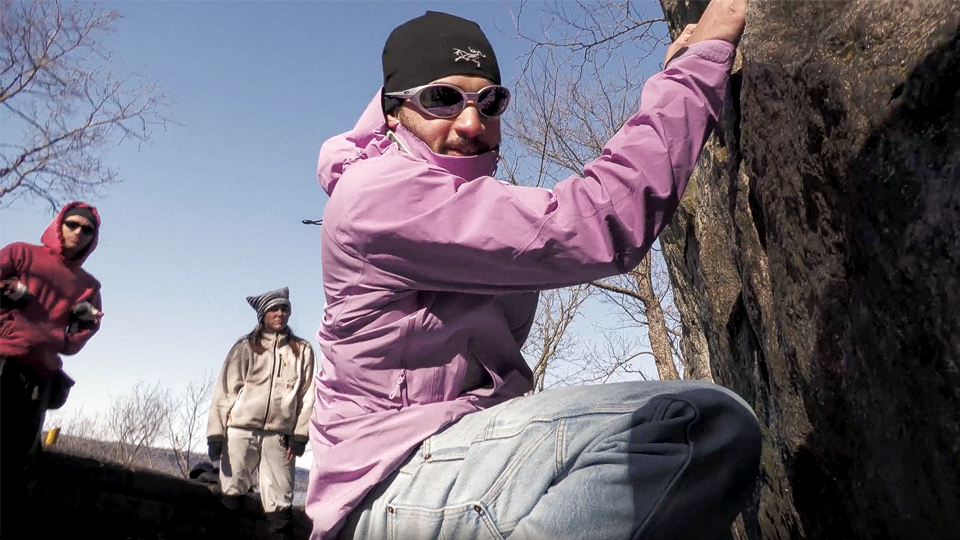 WHO ARE THE SKATERS RESURRECTING ROCK CLIMBING IN UPPER MANHATTAN?
WHO ARE THE SKATERS RESURRECTING ROCK CLIMBING IN UPPER MANHATTAN?
We met up with Joel Popoteur, an employee at Supreme and long-time skater to learn about his outdoor movement.

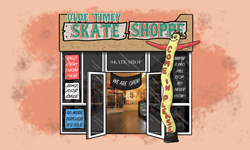

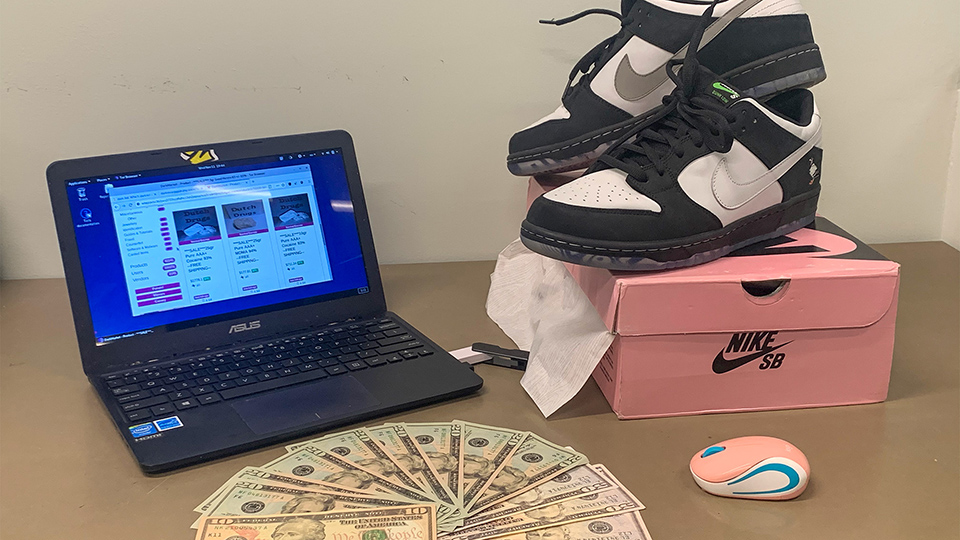
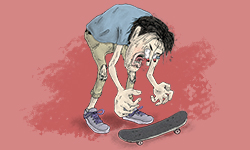

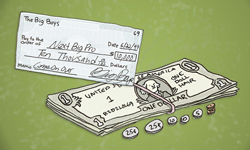
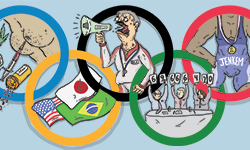
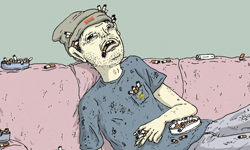
October 3, 2019 2:24 pm
Markkkkk
October 3, 2019 2:41 pm
Thank you for writing this
October 3, 2019 2:42 pm
tl;dr
October 3, 2019 3:14 pm
id kook you if i could
October 3, 2019 2:42 pm
mark’s cross continental part dropped in january 2012, seems like an easy enough thing to fact check but who has time for that when you can name drop poets every other sentence?
October 3, 2019 3:30 pm
December 2011, dingus. If you’re going to be pedantic at least be correct.
October 3, 2019 4:27 pm
http://www.thrashermagazine.com/articles/videos/mark-suciu-cross-continental-trailer/
what’s that date say, again?
October 3, 2019 5:41 pm
the atlas skateboarding youtube upload of cross-continental that is linked in the article was uploaded on december 20, 2011
https://www.youtube.com/watch?v=CtOLRXuyjZQ
October 4, 2019 11:30 am
Got ’em!